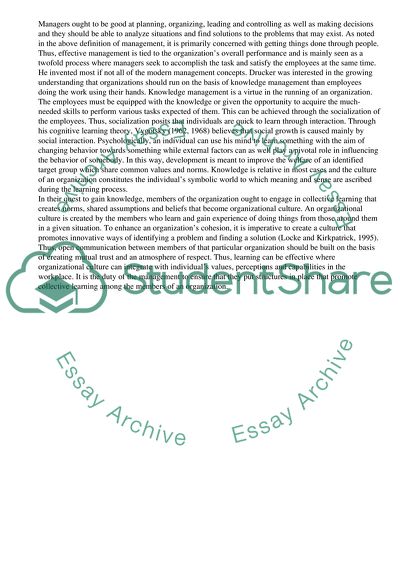Cite this document
(Druckers Contribution to Management Theory and Practice Assignment - 19, n.d.)
Druckers Contribution to Management Theory and Practice Assignment - 19. Retrieved from https://studentshare.org/management/1736522-management
Druckers Contribution to Management Theory and Practice Assignment - 19. Retrieved from https://studentshare.org/management/1736522-management
(Druckers Contribution to Management Theory and Practice Assignment - 19)
Druckers Contribution to Management Theory and Practice Assignment - 19. https://studentshare.org/management/1736522-management.
Druckers Contribution to Management Theory and Practice Assignment - 19. https://studentshare.org/management/1736522-management.
“Druckers Contribution to Management Theory and Practice Assignment - 19”, n.d. https://studentshare.org/management/1736522-management.


